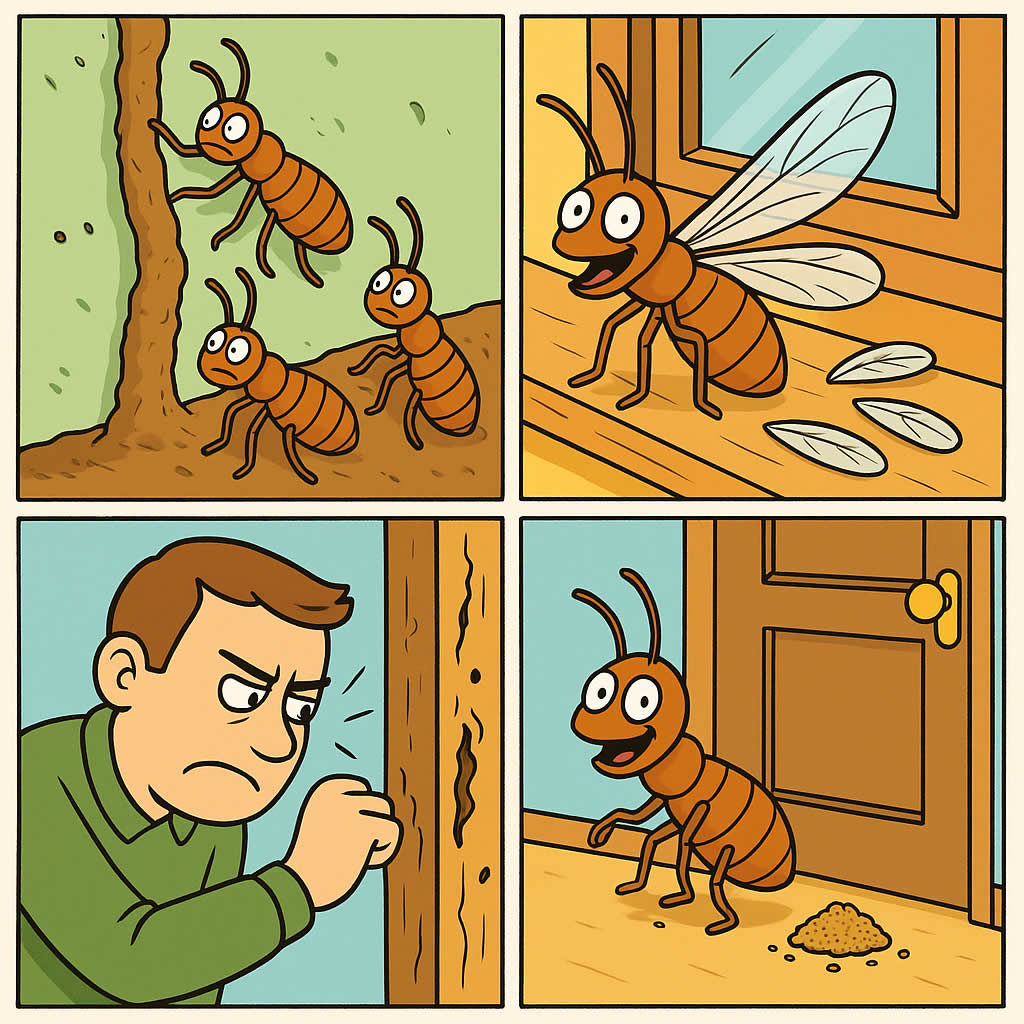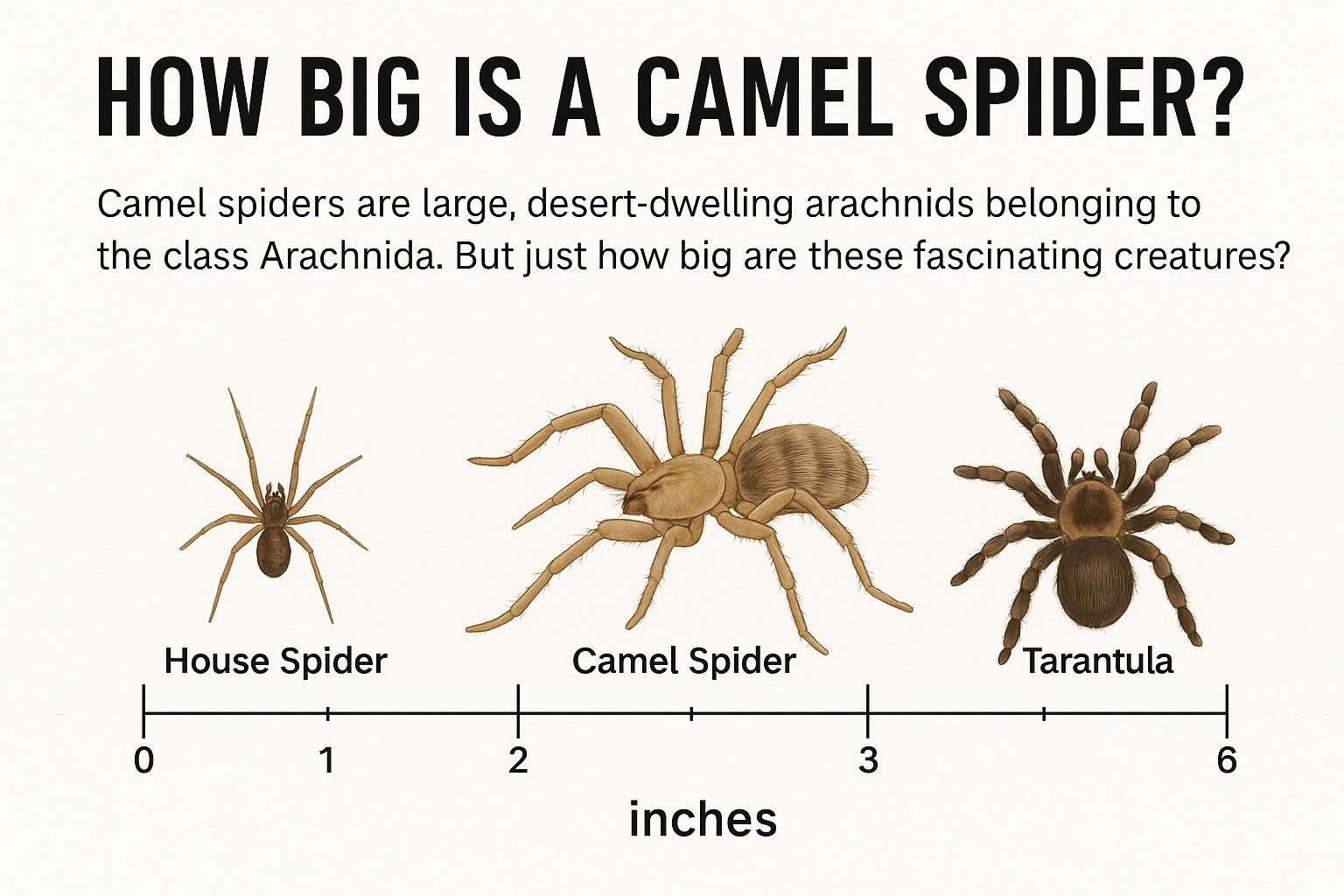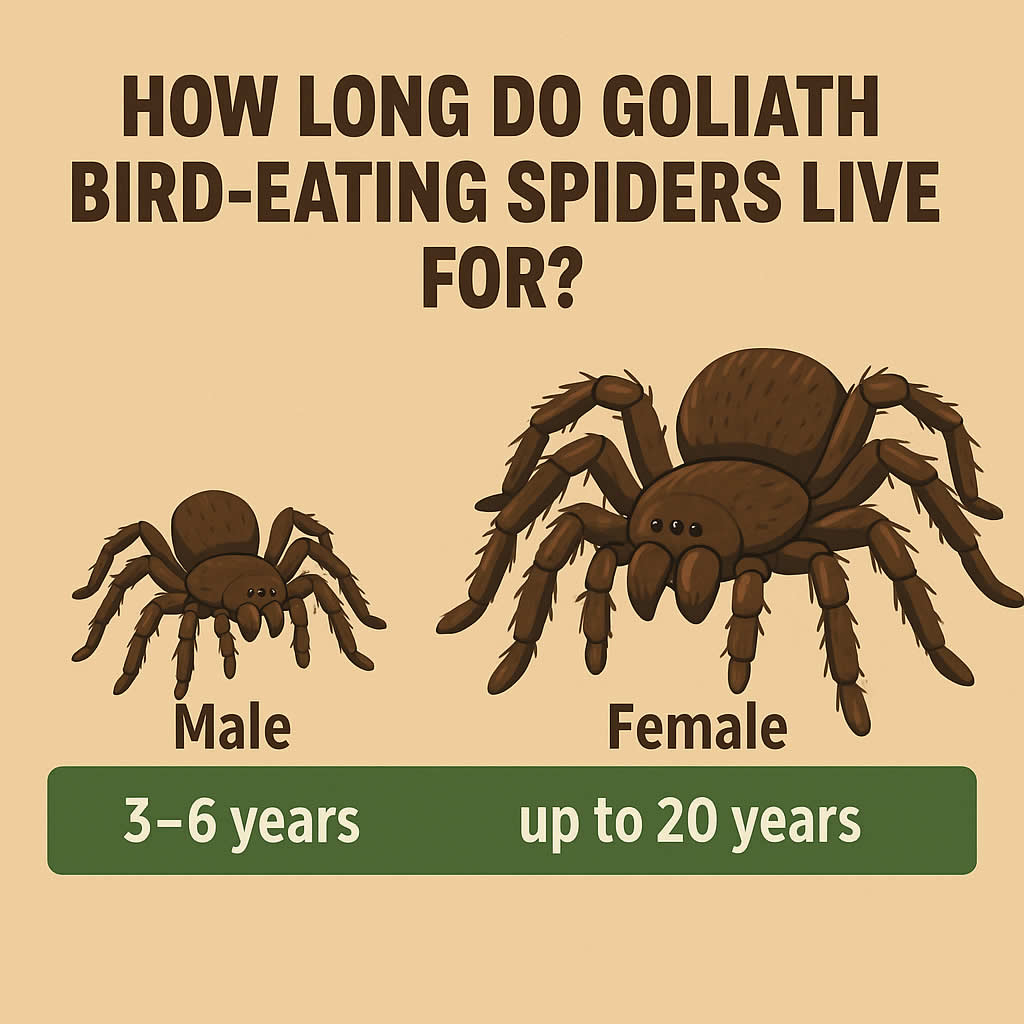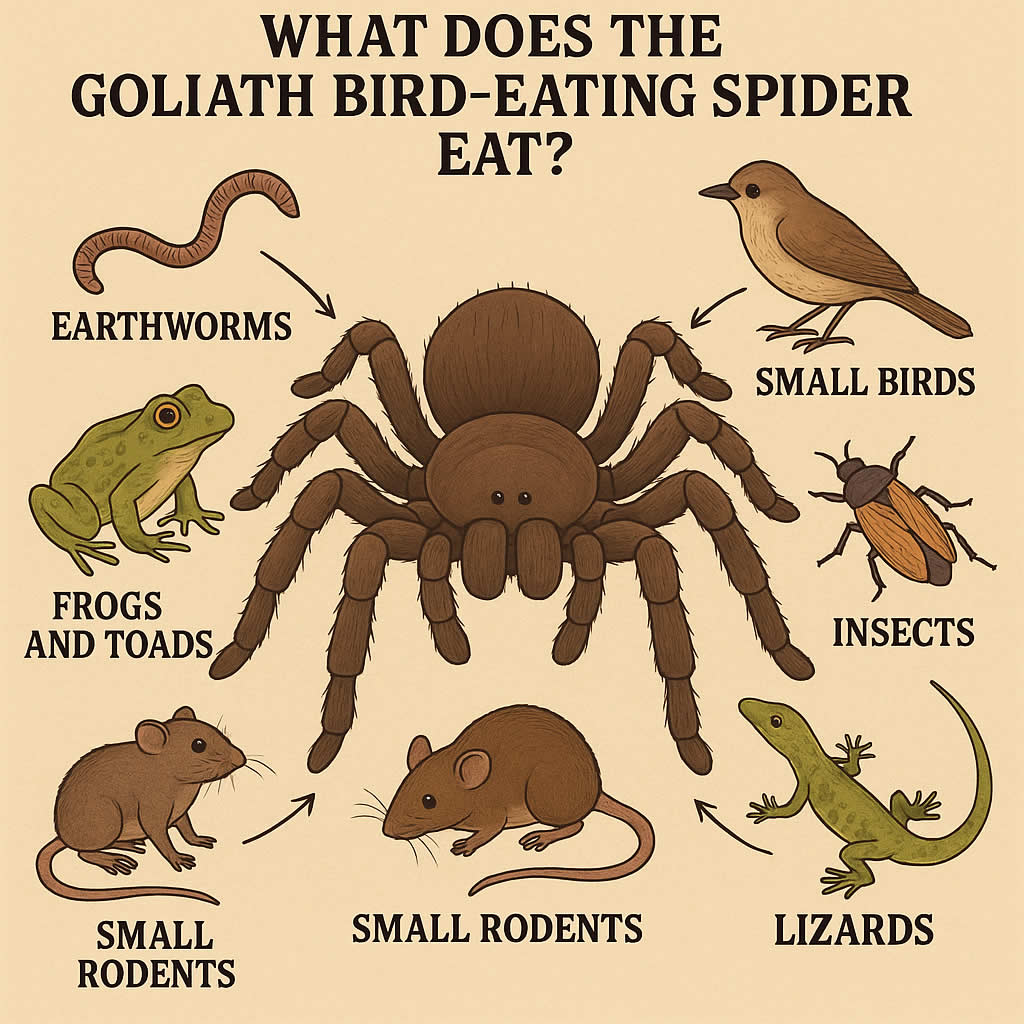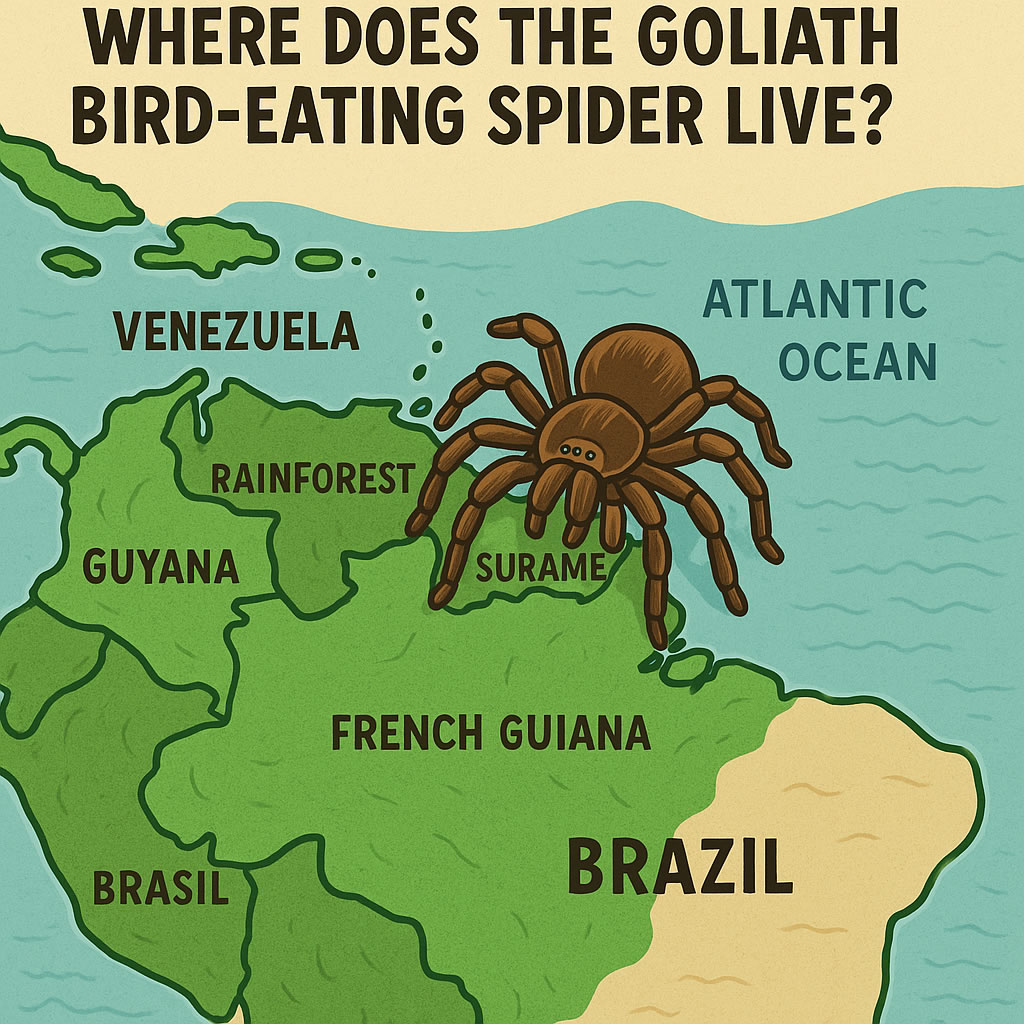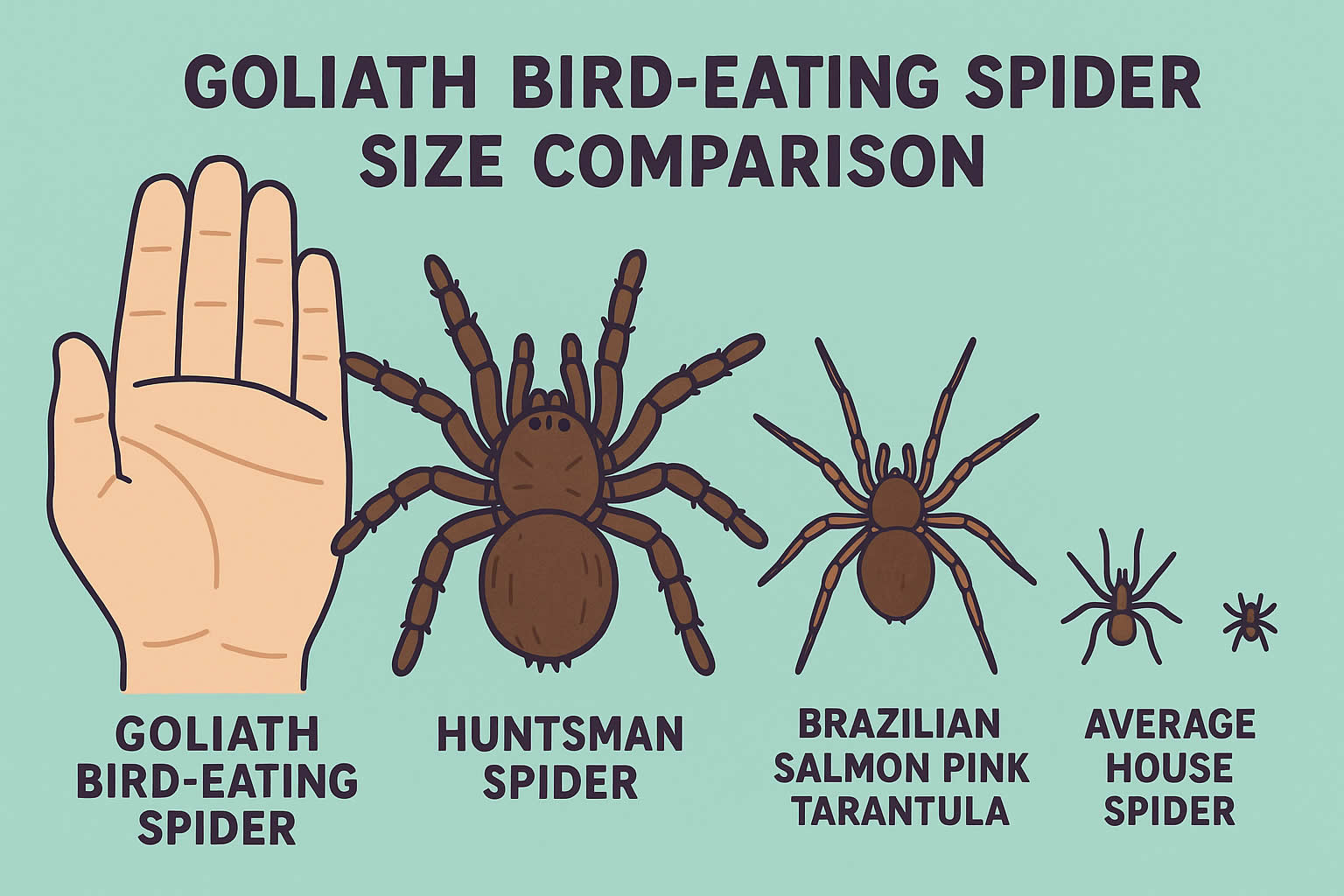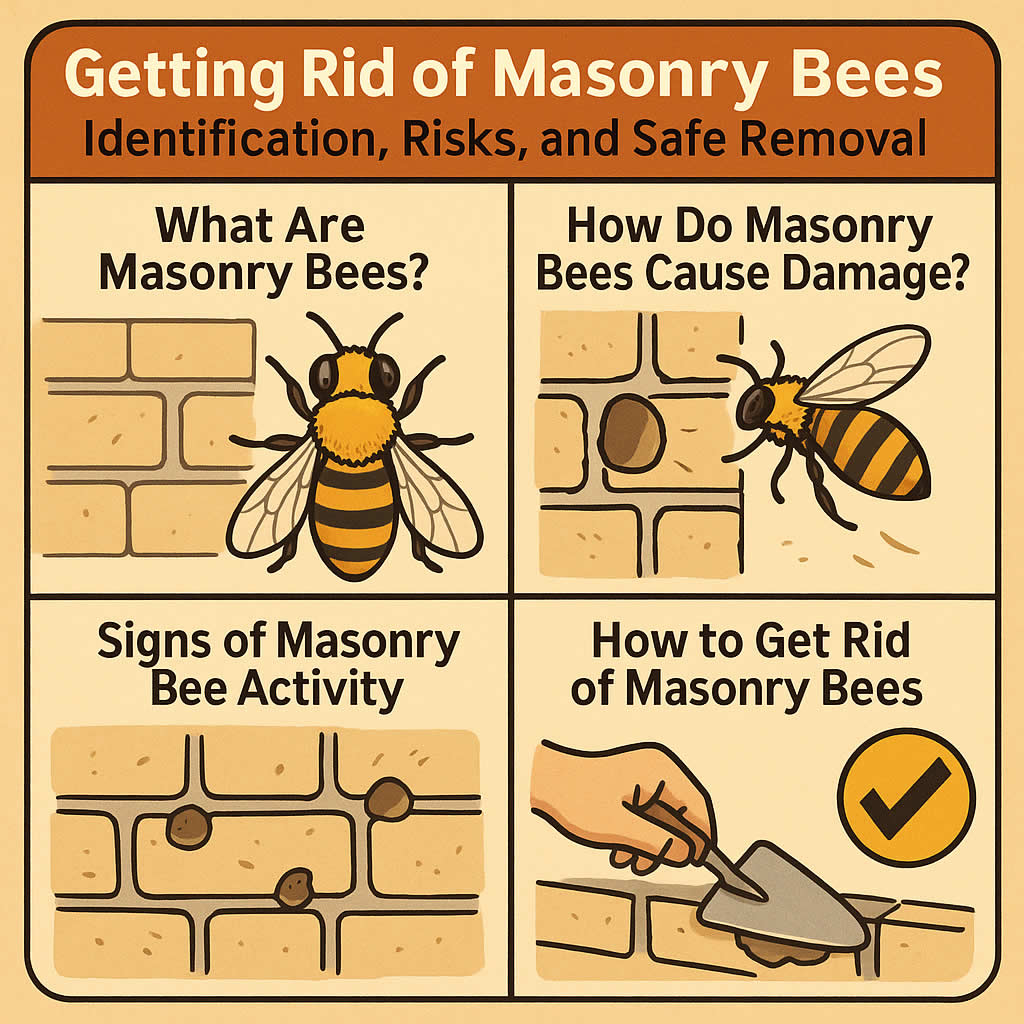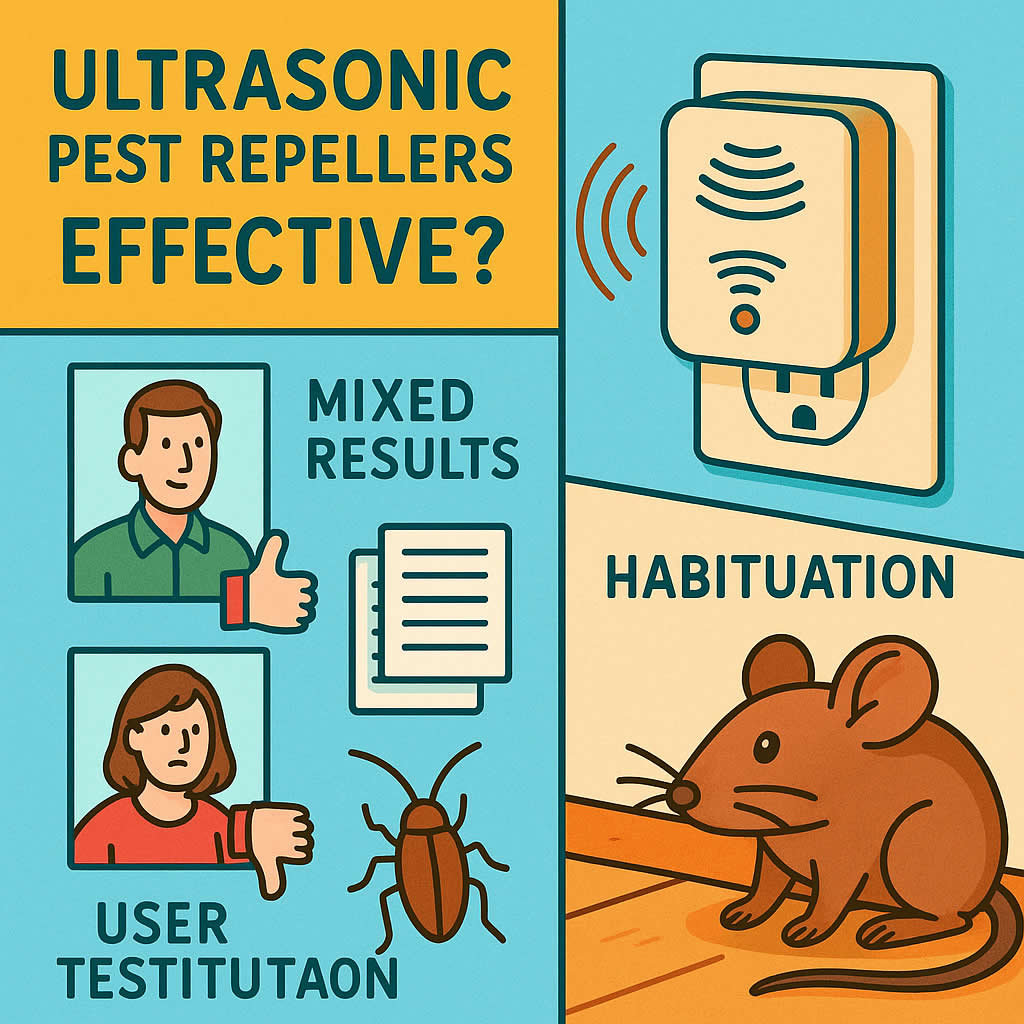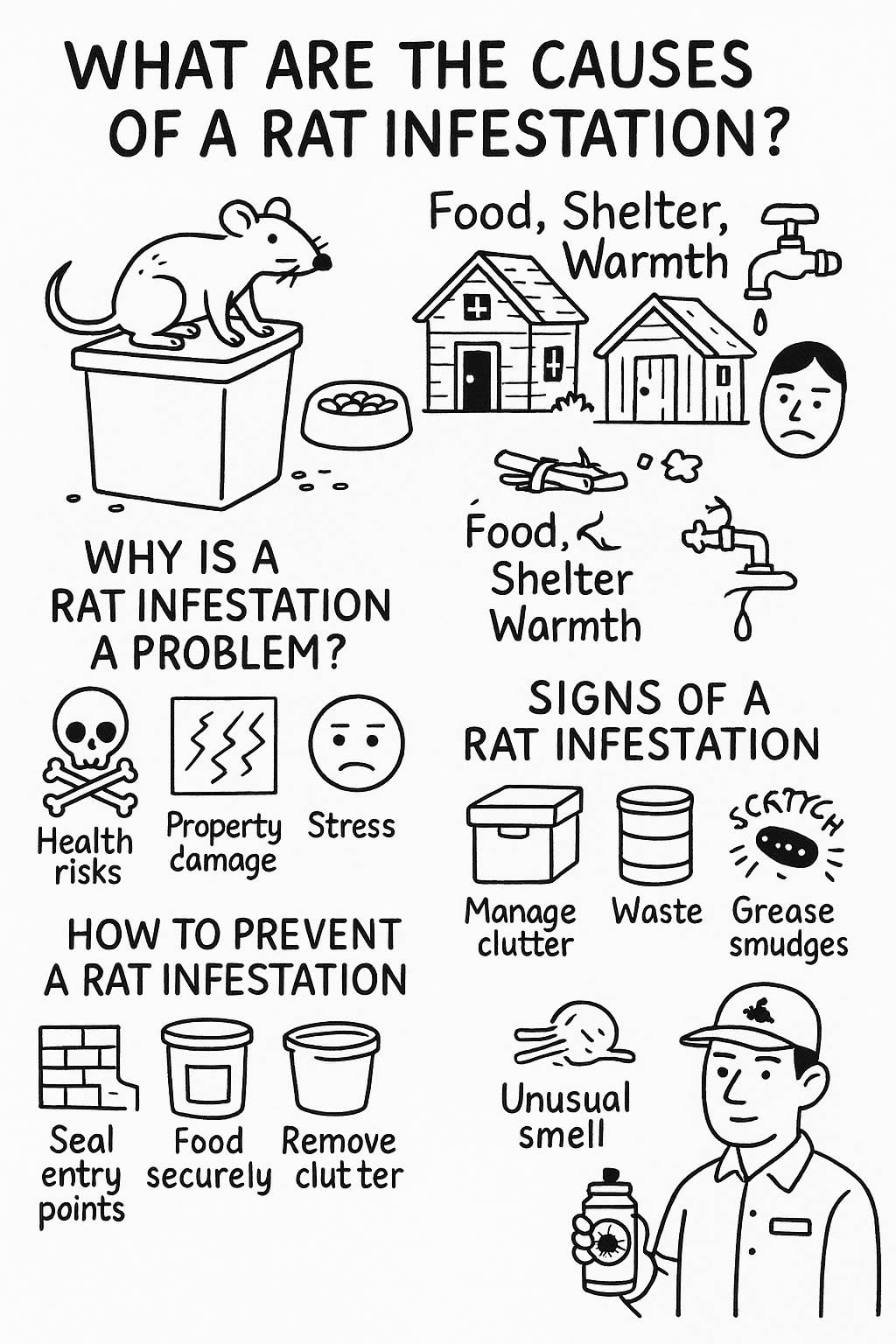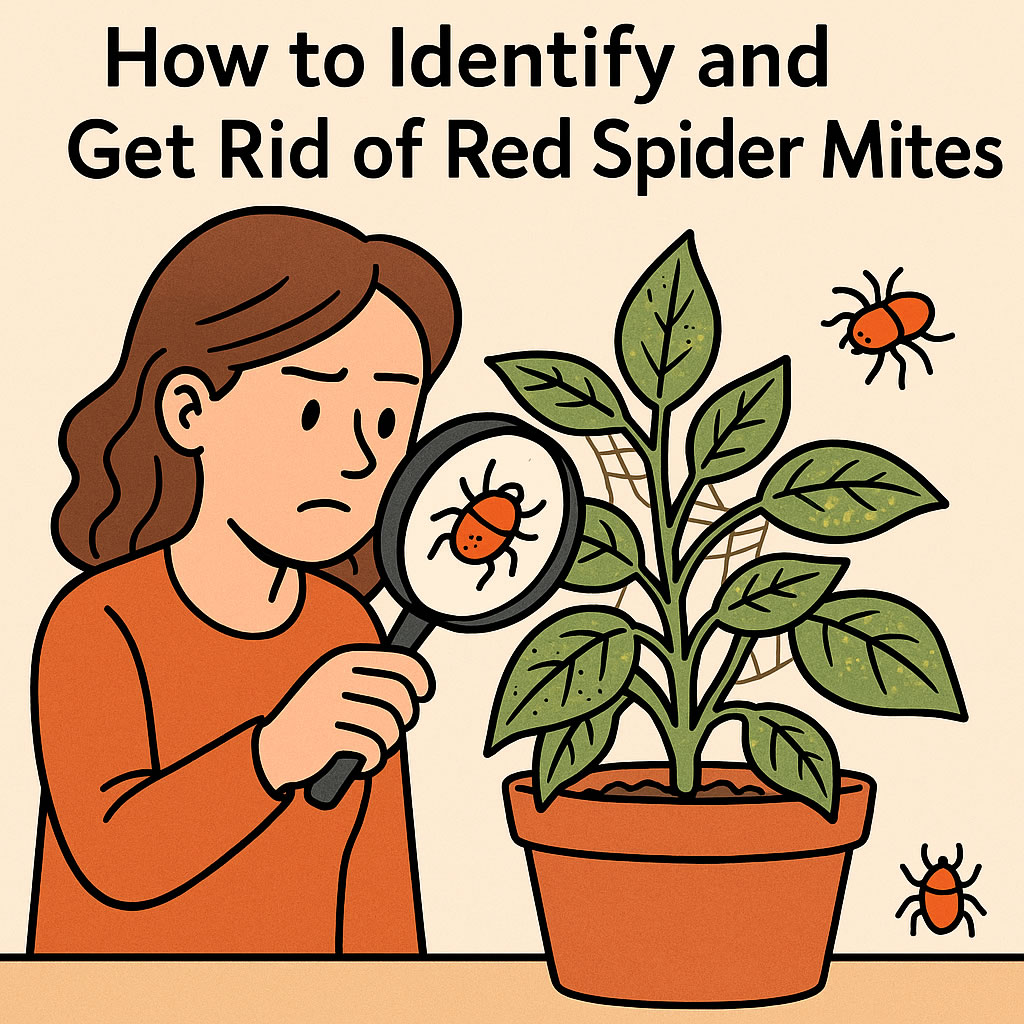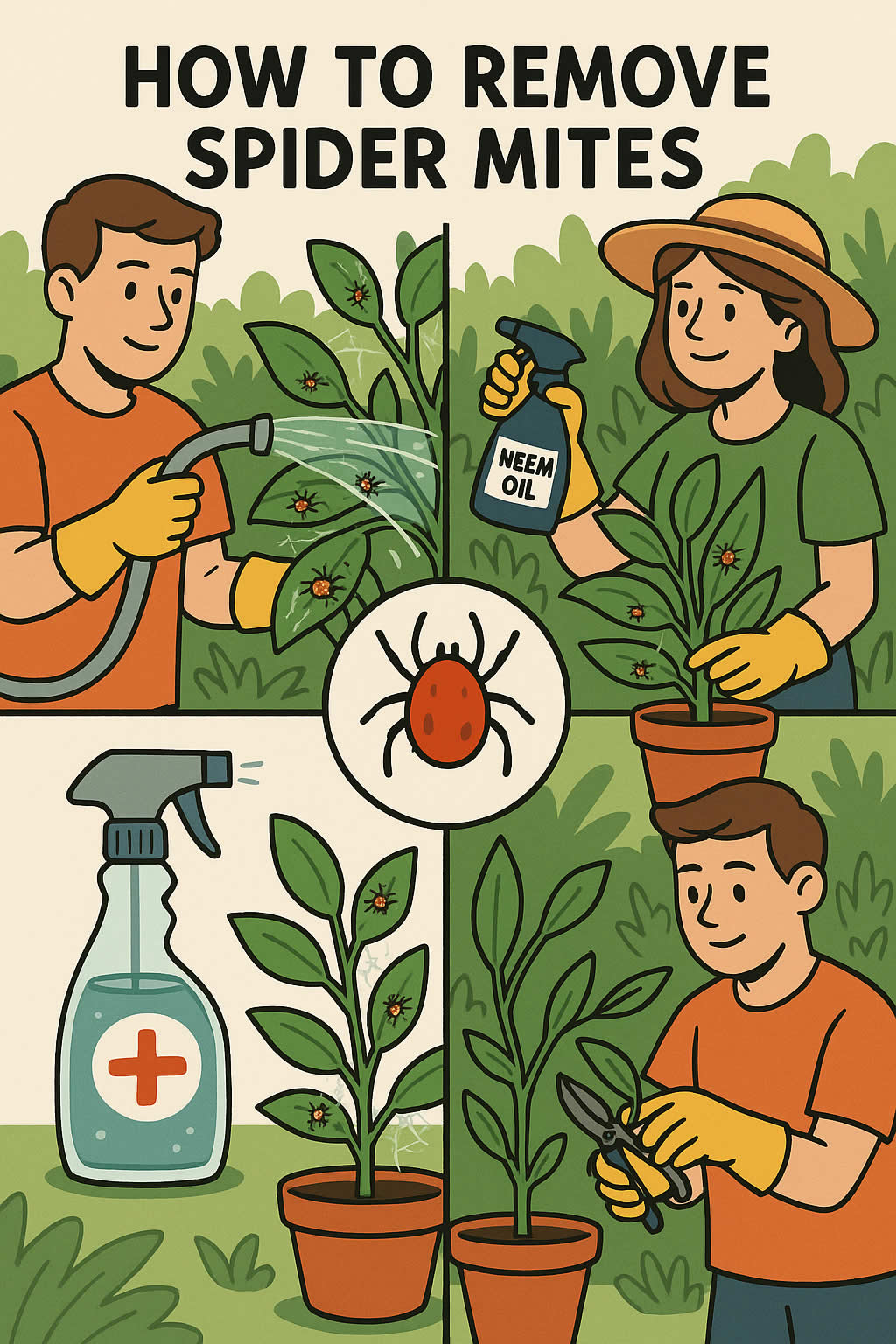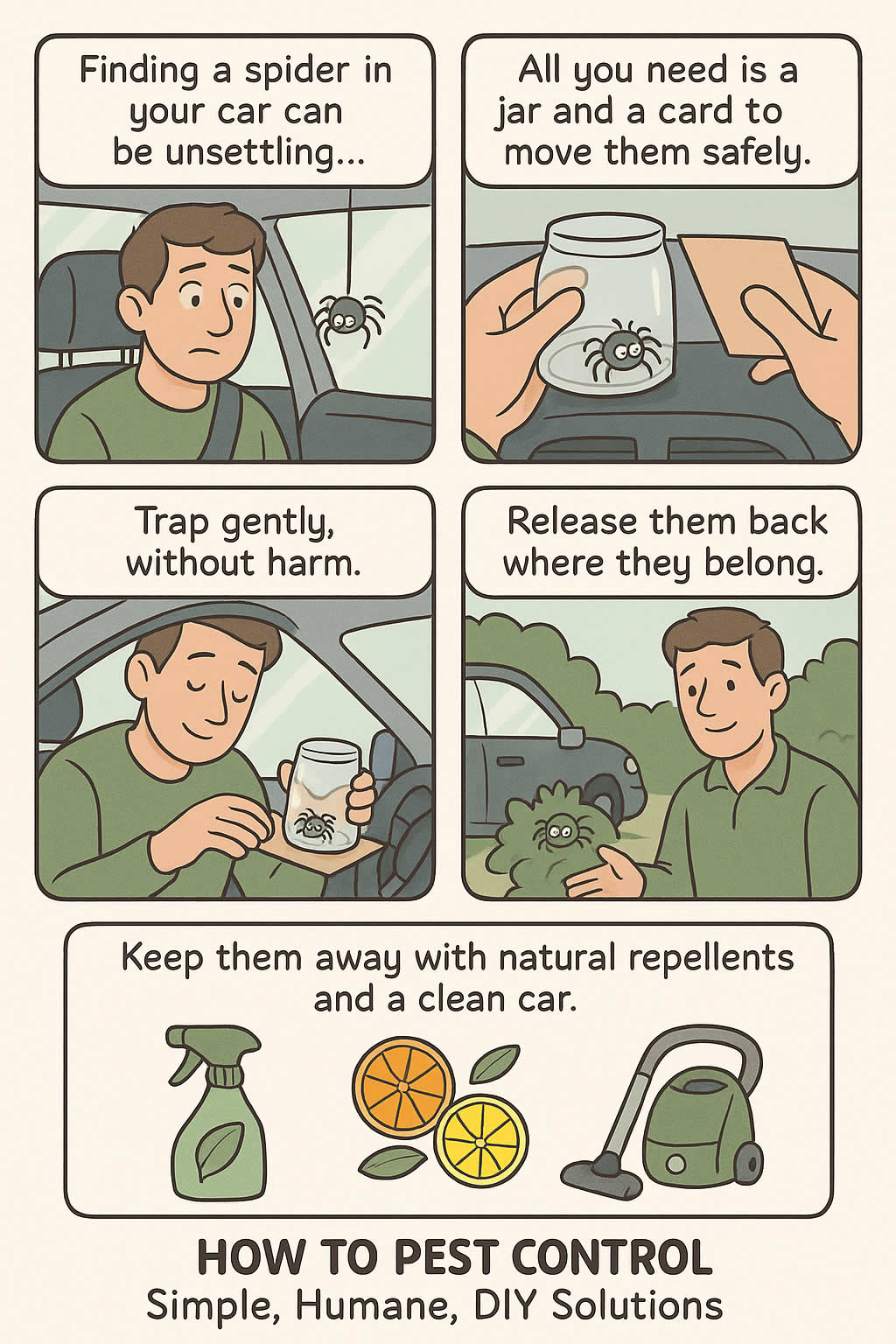Related Queries
ToggleTermites are the kind of pest you don’t notice until they’ve already done some damage. They’re sneaky, they’re silent, and they can cause serious harm to your home if you don’t catch them early. But how do you know if you have termites? What are the signs you should be looking for? And what should you do if you find them? This guide will walk you through everything you need to know.
What Are Termites, and Why Are They a Problem?
Termites are small, pale insects that feed on wood and other plant materials. They live in colonies, which can be massive, and they’re experts at staying hidden while they eat away at the structure of your home. Left unchecked, a termite infestation can cause serious structural damage. They don’t just damage wood. They can also get into furniture, flooring, and even books and insulation.
How Do Termites Get Into Your Home?
Termites can enter your home in a few different ways:
- Through cracks in your foundation
- By crawling through soil around your home
- Via damp wood that’s in contact with the ground
- Through tiny gaps around windows and doors
Once they’re inside, they can build tunnels and nests and start feeding on any wood or plant material they find.
What Are the Common Types of Termites?
There are three main types of termites you might have to deal with:
- Subterranean Termites: These are the most common and are found underground. They build mud tubes to travel between their nest and a food source.
- Drywood Termites: These termites live inside the wood they’re eating, so you’ll find them in furniture, flooring, and other wood structures.
- Dampwood Termites: These prefer moist wood, so you’ll usually find them in areas with high moisture, like basements or around leaks.
What Are the Early Signs of Termites?
The first signs of termites aren’t always obvious. They’re quiet and often stay hidden. But if you know what to look for, you can spot an infestation before it gets out of control.
Mud Tubes on Walls or Foundations
Subterranean termites build mud tubes to protect themselves while travelling between their nest and their food source. These tubes look like small, narrow, earth-coloured tunnels running along walls, foundations, or even in crawl spaces.
Discarded Wings Around Windows or Doors
When termites swarm to start new colonies, they shed their wings. If you find a pile of small, transparent wings near windows, doors, or other entry points, that’s a strong sign of a termite problem.
Hollow or Damaged Wood
Termites eat wood from the inside out. So, if you tap on wood and it sounds hollow or if you notice any blistering or uneven surfaces, termites could be to blame.
Cracked or Bubbling Paint
If the paint on your walls starts to bubble or crack for no obvious reason, termites might be eating the wood beneath it.
Small Piles of Frass (Termite Droppings)
Drywood termites leave behind tiny, pellet-like droppings called frass. If you see small piles of what looks like sand or sawdust, you could have termites.
Tight-Fitting Doors or Windows
As termites eat through wood, they can cause it to warp. This means doors and windows may become harder to open or close properly.
How Can You Confirm a Termite Problem?
If you suspect you have termites, there are a few things you can do to confirm it:
- Look for More Signs: Check around your home, especially in dark or damp areas. Look at wooden structures, baseboards, and window frames.
- Tap on Wood: Use a screwdriver to tap on wooden beams, furniture, and flooring. If it sounds hollow, that’s a sign of termite damage.
- Inspect Your Crawl Space or Basement: Termites often start here, especially if it’s damp.
- Call a Professional Inspection: If you’re not sure, or if you want to be certain, a professional pest control company can carry out an inspection.
Where Are Termites Most Likely to Hide?
Termites can be found in a variety of places around your home. Knowing where to look can help you spot them sooner:
- Basements and Crawl Spaces: These areas are dark and damp, which termites love.
- Wooden Structures Near Soil: This includes fences, decks, and even firewood stored too close to your home.
- Attic Beams and Roof Supports: Even high up, termites can cause damage.
- Window and Door Frames: If these are made of wood, they can become a target.
- Furniture: Especially if it’s made of solid wood, termites can hide inside without you realising.
How to Prevent Termites from Entering Your Home
Prevention is always better than dealing with an infestation. Here are a few steps you can take to keep termites away:
- Keep Wood Away from Soil: Make sure wooden structures don’t touch the ground. If you store firewood, keep it raised off the ground and away from your home.
- Reduce Moisture: Termites thrive in damp conditions, so fix any leaks, and make sure your gutters are clear.
- Seal Cracks: Close any gaps or cracks around your foundation, windows, and doors.
- Use Treated Wood: If you’re building or replacing wood around your home, use wood that has been treated to resist pests.
- Regular Inspections: Check for signs of termites at least once a year, especially in areas where they’re known to be a problem.
What Should You Do If You Have Termites?
If you’ve confirmed you have termites, here’s what you should do:
- Don’t Panic: Termites work slowly, so you have time to take action.
- Clear the Area: Move any wooden items away from the infested area.
- Contact a Pest Control Professional: While there are DIY options, termites can be tricky to get rid of completely.
- Consider Treatment Options: Your pest control provider will likely suggest one of the following:
- Liquid Termite Treatment: Applied around your home’s foundation.
- Termite Baiting Systems: Small bait stations placed around your home.
- Fumigation: Used for severe infestations, this involves sealing your home and using a gas to kill termites.
- Schedule Regular Inspections: Once you’ve dealt with the problem, keep an eye out to make sure they don’t come back.
Can You Get Rid of Termites on Your Own?
There are some DIY methods for dealing with termites, but they’re usually less effective than professional treatments. If you want to try on your own:
- Use termite bait stations from a garden centre.
- Apply a termite-killing spray to affected areas.
- Set up cardboard traps, which can attract termites you can then remove.
But remember, if the infestation is large, or if you’re not sure where they’re hiding, a professional is your best bet.
Final Thoughts
Termites are one of those pests that you might not notice until they’ve already done some damage. But by knowing what to look for and taking action early, you can protect your home. Regular inspections, good prevention practices, and knowing when to call a professional can make all the difference. Remember, termites work quietly, but they can cause big problems if left unchecked. So, stay vigilant, and don’t ignore the signs.
Pest Control Kempston South – Pest Control Bourne End Bletsoe – Pest Control Leighton Buzzard
